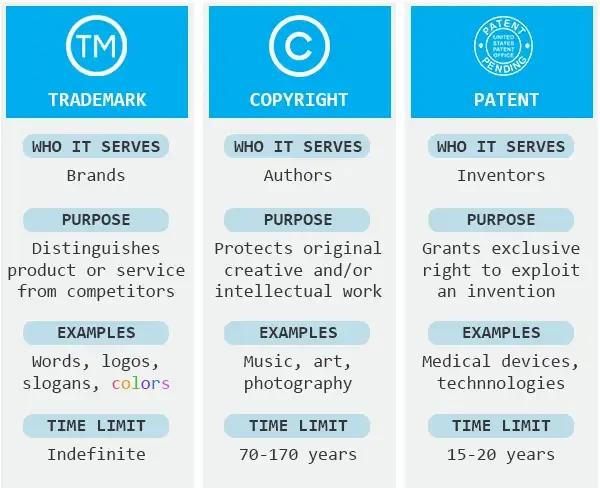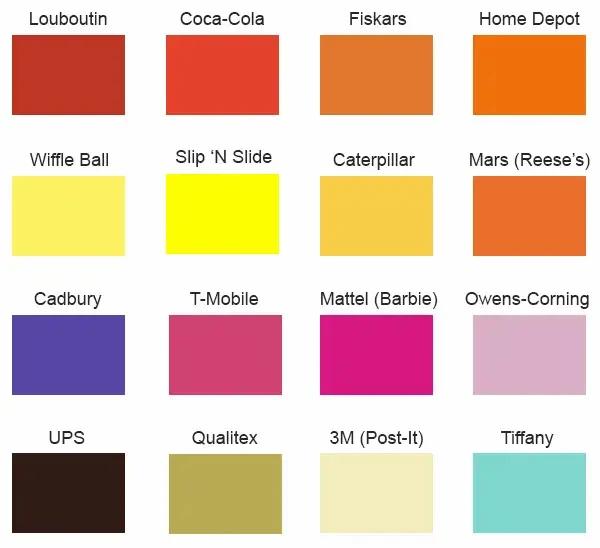Explore the World's Best Ideas
Join today and uncover 100+ curated journeys from 50+ topics. Unlock access to our mobile app with extensive features.
Trademarking individual colours
In recent years, companies like T-Mobile have achieved something once thought to be legally impossible: They’ve successfully trademarked individual colours.
When a colour becomes synonymous with a brand, a company can claim a certain form of "ownership" over it.
2
29 reads
The benefits of a trademark
Under the umbrella of intellectual property law, the 3 three most common applications are:
- The trademark.
- The copyright, and
- The patent.
Corporations use the trademark to protect anything integral to their brands, such as any word, name, symbol, or device that identify and distinguishes a company's good or service from its competitors.
2
22 reads
For years, colour by itself did not qualify as a trademark
Companies successfully trademarked combinations of colours, but the US Patent and Trademark Office dismissed attempts to trademark a single colour.
Arguments against issuing single colour trademarks:
- Colour depletion theory: Only around 1,867 solid Pantone colours exist. We'll run out if brands all claim a colour.
- Shade confusion theory: It would be hard for consumers to differentiate between slight shade variations of colours claimed by brands.
2
23 reads
The first company in American history to successfully trademark a colour
In the late 1950s, Owens-Corning was facing steep competition from other fibreglass insulation companies. Owens-Corning decided to distinguish itself by infusing its product with pink dye. The company adopted the slogan "think pink" and spent tens of millions of dollars advertising the colour.
In 1985, after a 5-year battle, Owens-Corning became the first company in American history to successfully trademark a colour. Ten years later, the Supreme Court ruled that colour could serve to identify a brand.
2
21 reads
How to trademark a colour
A number of companies a have trademarked single colours.
- In 1998, Tiffany & Co. trademarked its famous blue, and UPS trademarked its “Pullman Brown.”
- 3M secured its signature canary yellow colour for its Post-it notes.
- Deutsche Telekom AG protected T-Mobile’s famous magenta, and Fiskars has one for orange scissor handles.
- The Wiffle Ball, Inc. has a trademark on yellow for use in bats.
- The University of Texas at Austin (Pantone 159) and The University of North Carolina at Chapel Hill (Pantone 542) both have protections on their school colours.
2
21 reads
Securing a colour trademark
A company with a colour trademark only “owns” the colour in connection to particular goods or services.
To successfully secure such a trademark, a firm must prove that a single colour:
- Achieves “secondary meaning” (distinguishes a product from competitors and identifies the company as the definitive source of the product)
- It doesn’t put competitors at a disadvantage by affecting cost or quality.
- It doesn’t serve a functional purpose.
2
22 reads
Trademarking a colour is worth the effort
Brands will go through the trouble of trademarking a colour when it is critical to the band, sales, or how the product is marketed.
When a company files a trademark in black and white — the trademark is protected in all colour variations by default. So nobody can take the McDonald’s red and yellow logo, make it purple and green, and claim it as his own.
2
21 reads
IDEAS CURATED BY
Scott Jackson's ideas are part of this journey:
Learn more about marketingandsales with this collection
The importance of networking in podcasting
How to grow your podcast audience
How to monetize your podcast
Related collections
Similar ideas
2 ideas
Color Psychology: How Colors Influence the Mind
psychologytoday.com
7 ideas
How Brands Use The Psychology Of Color To Manipulate You
businessinsider.com
14 ideas
Color Psychology: How Colors Affect Us and What Each One Means
blog.cognifit.com
Read & Learn
20x Faster
without
deepstash
with
deepstash
with
deepstash
Personalized microlearning
—
100+ Learning Journeys
—
Access to 200,000+ ideas
—
Access to the mobile app
—
Unlimited idea saving
—
—
Unlimited history
—
—
Unlimited listening to ideas
—
—
Downloading & offline access
—
—
Supercharge your mind with one idea per day
Enter your email and spend 1 minute every day to learn something new.
I agree to receive email updates




